In the first level of It Takes Two, you have to work together to push a jar off a shelf. In the first level of Split Fiction, you have to work together to survive a shootout with cyborgs atop moving traffic, race a motorcycle through a collapsing city, manipulate gravity with an energy sword, dash past oncoming trains, and drive through increasingly narrow gaps at high speed. Split Fiction is not It Takes Two, Two.
I’m being a little facetious, of course. It Takes Two does get significantly more taxing in places, and while Split Fiction’s levels are much longer, they also offer regular checkpoints that can be skipped at any time. But the underlying truth is still there. Split Fiction is not only a harder game than It Takes Two, it seems designed with a fundamentally different audience in mind. While It Takes Two intended you to introduce a friend or partner to the world of gaming, Split Fiction is best played with a fellow gamer.
Split Fiction Is Much More Of A Video Game
I feared this from the trailers, which showcased far more involved gameplay than I had experienced with It Takes Two. But I suppressed that thought, hoping these cyberpunk laser fights would come towards the end of the game once my wife and I were locked in. Instead, it made for a very rough landing. While there were respites of easier, more enjoyable gameplay moments sprinkled throughout, the cold hard fact is I didn’t enjoy Split Fiction because I could tell my wife was not enjoying it.
Split Fiction is a good game. Mechanically, it is a better game than It Takes Two – it pushes the envelope further, tries bolder tricks, and feels closer to the sort of video game I would play alone. It Takes Two was never that. It was goofy fun, and the shared experience made it special, but I don’t think there was much of it I actually enjoyed on a personal level as a gamer. It was all about the experience being shared.
This time around, fewer people will feel that. Conversely, more will individually enjoy what they’re doing, but depending on who you plan on playing with, that individual enjoyment may dissolve into stress for and sympathy with the person sitting next to you struggling. That’s not to say it’s impossible. We finished the game without skips (the curse of covering it prelaunch against a deadline and on the lookout for guides was also not the optimum experience), although we ran the clock up to 25 hours, significantly longer than what I’d guess would be the 15-18 average.
And some people will appreciate the extra challenge and struggle, the real feeling of gaming instead of It Takes Two which sometimes felt like a toy doing a very good impression of a video game. But had we known it was not It Takes Two again, our mindset would have been different, so consider this a head’s up.
Split Fiction Commits To Its Ideas More
It’s not just a difficulty spike either. The whole construction of the game feels less like the collaborative cohesion of It Takes Two, and closer to Hazelight’s lesser known A Way Out. A lot of the time, you aren’t really playing together, you’re playing the same game side by side, at the same time. A fair amount of times I finished a platform section, then watched my wife die over and over at the same part before she sighed and handed me the controller to do it for her. This lack of teamwork can leave the other player feeling a little stranded.
It doesn’t get much better on the flipside either. When you need to work together, part of the ‘fun’ is in figuring it out, which means thinking like a gamer. Casual players will not make the leaps the game needs them to, especially not at the speed required, so again they’re left frustrated and this time you’re powerless to help them beyond offering instructions. Shooting multple targets with alternate ammo in sync is very different to fighting a cartoon bee.
It Takes Two never felt like that. Whether you did the same job together or worked in tandem, you felt like a team. The more casual player would fail more often, or would take longer to figure things out, but an assumed knowledge of video games was not a requirement to progress. Here, it is.
Two gamers playing together will have a completely different and likely elevated experience from It Takes Two. But if the last game your friend or partner played was It Takes Two, Split Fiction will be harder than they expect.
This is where the long levels come back in. One of It Takes Two’s best assets was its bravery in letting go of ideas. It threw brilliant concepts at you, then replaced them before they grew stale. Split Fiction benefits from digging much deeper into core concepts, giving us a lot more ways to play around with shooter mechanics, or shapeshifting platforming controls. But if you come up against one of these core concepts you can’t really do (for non-gamers, that will be the shooting), you’re stuck with it for three to four hours with no escape.
I felt some of the levels were a little indulgent and repetitive, but I’m still not really sure if I thought that as a player, or just wanted them to end so my wife could stop dying all the time. And across a whole game, the answer to that question ceases to matter. Split Fiction is a good video game from the people who made It Takes Two, but that’s about as far as the similarities go.
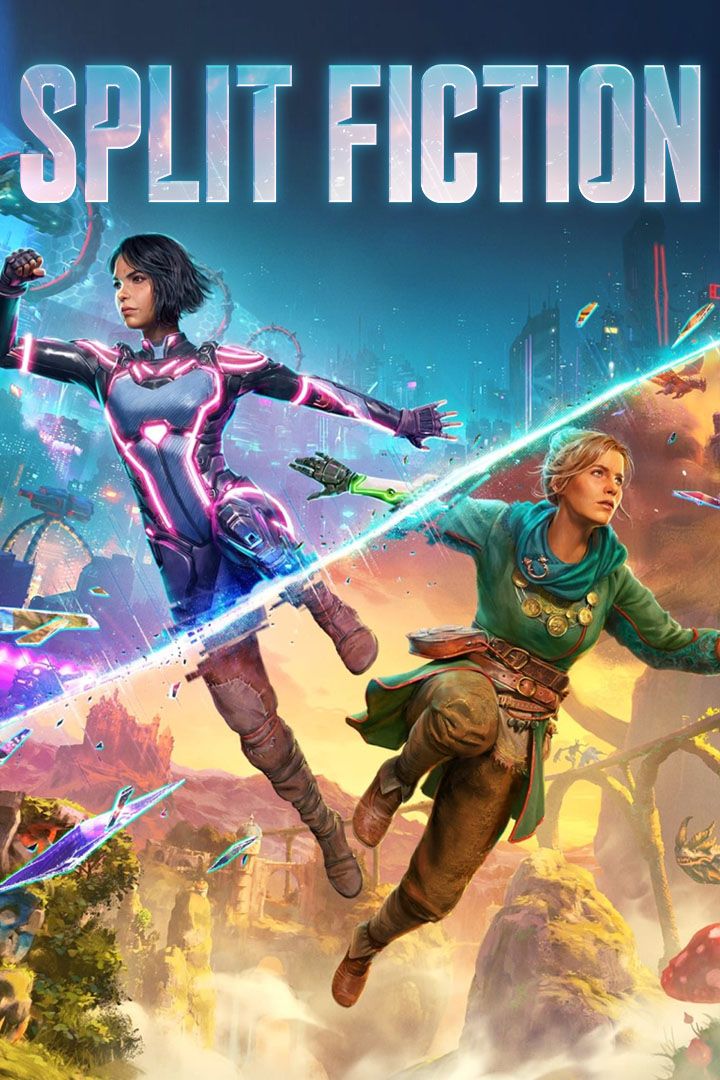
- Released
-
March 6, 2025
- Developer(s)
-
Hazelight Studios


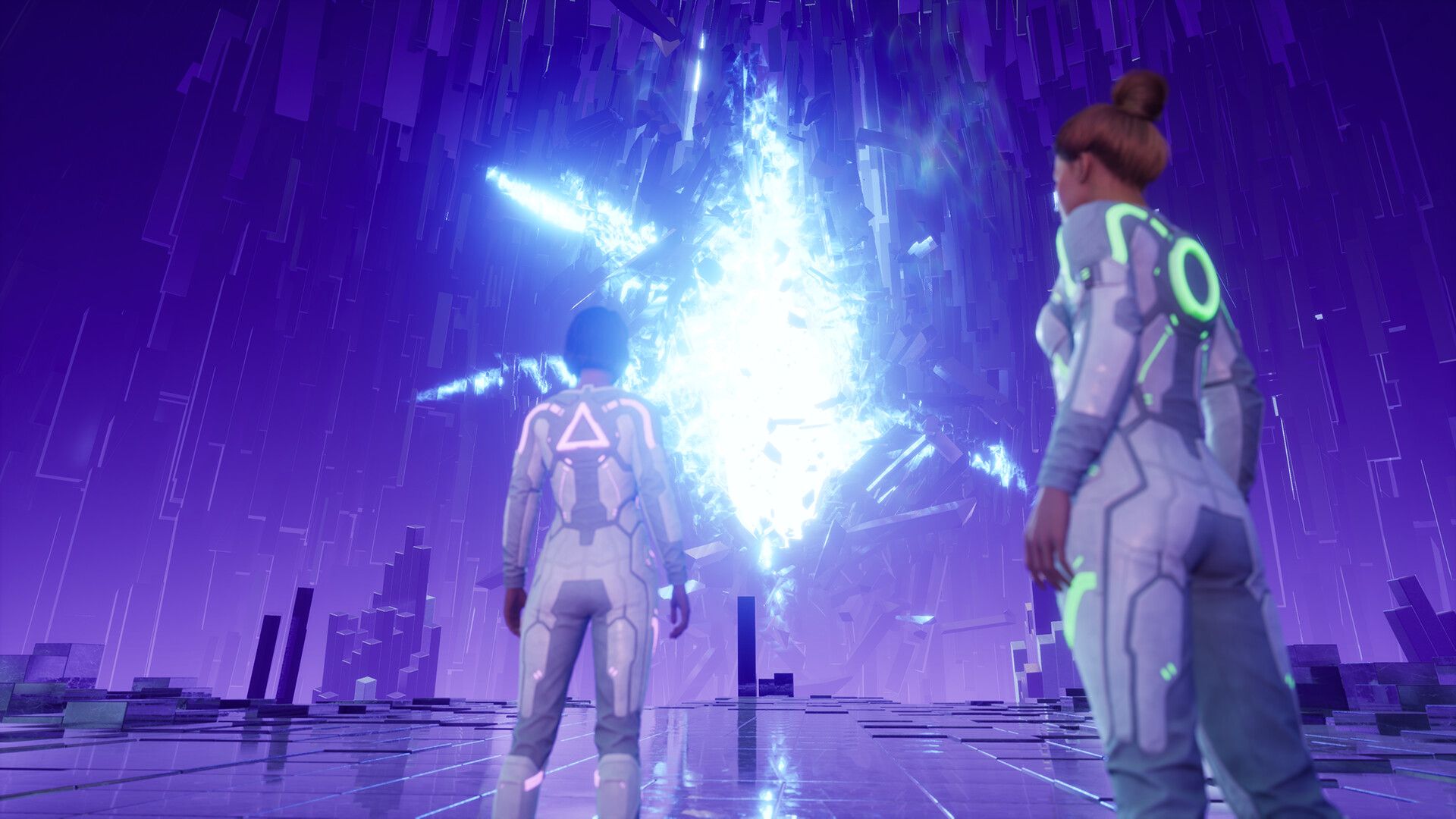
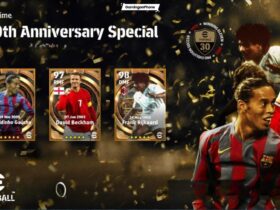


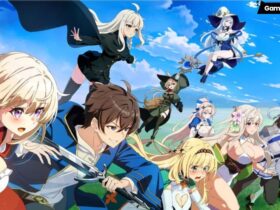
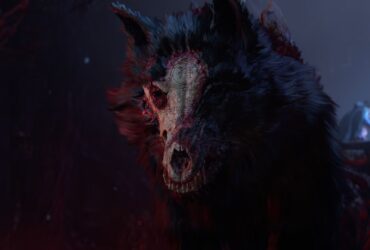

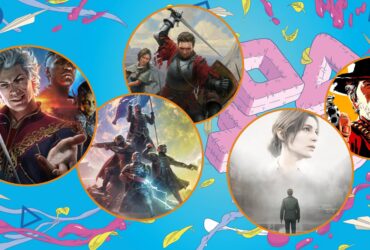
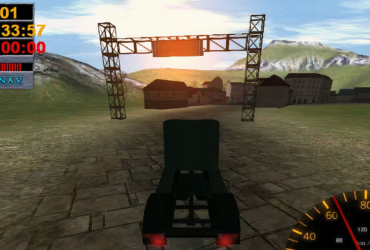
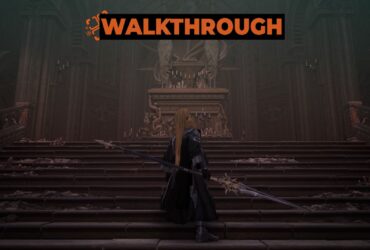
Leave a Reply